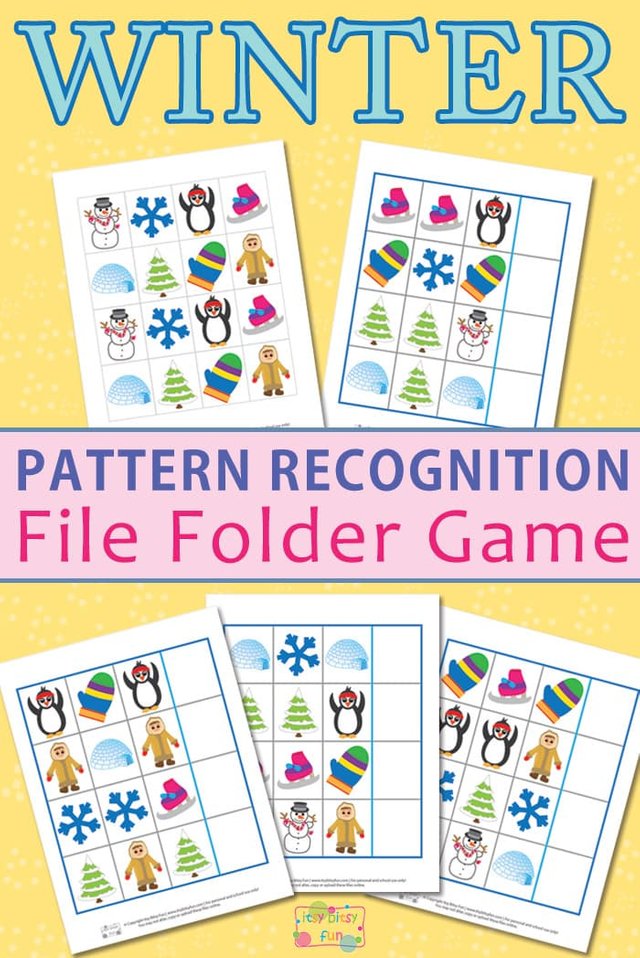Pattern recognition can be defined as the ability to identify a known pattern from a collection of similar (but random) images. This ability dates back to the birth of humans and has enabled them to create art, literature, music and many other things we enjoy today. It has also given us a good helping hand when trying to make money. You might ask what a 'pattern recognition' process does to help us with money. The answer is simple - it helps us to recognize faces in faces.
Let's take for example a child walking along in a shopping mall. There are hundreds of different shops inside the mall. Children will move from shop to shop looking for something they want to buy. As they move from one shop to another they will be exposing their brain to thousands of images of faces. They are learning the basic concepts of seeing faces, names and places.
When they reach the till at the end of the mall they are exposed to hundreds of new images. Their brain has identified the faces and the shops that it has already seen. At this point in time it is working like a rocket program. If it was not for pattern recognition in the brain would have to spend more time to identify these images and this time it would never be accomplished. This is why it is very important to train our children in recognizing patterns in images and in verbal communications.
Another study that confirms the importance of pattern recognition is a study that compared children with autism spectrum disorder (ASD) to non-autistic children. Not only did the children with ASDs recognize patterns in visual images, they were able to match a spoken word to an image. Their results showed that the connection between visual images and verbal words was processed in the same way as the brains of non-autistic children. This supports the theory that is the reason that those with Autism are able to play music and communicate using language.
Another experiment used fMRI to compare how well babies with autism could learn basic shapes. Again, the children with ASDs showed significant brain activity when viewing basic shape patterns. The study concluded that the link between recognizing patterns and brain function was a crucial step in the development of babies with Aspergers. It shows that the link between visual images and language may be different for those with Aspergers and non-autistic children. The fMRI results also show that those with autistic tendencies have brains that are not properly wired.
These studies show that there may be a definite link between recognizing patterns and creativity. Perhaps future research will show other areas of brain function that relate to creativity. We still need to conduct more research to understand all aspects of the pattern and how it affects brain function. It is a fascinating topic that will no doubt continue to grow and blossom as more information is uncovered.


Congratulations! Your post has been selected as a daily Steemit truffle! It is listed on rank 25 of all contributions awarded today. You can find the TOP DAILY TRUFFLE PICKS HERE.
I upvoted your contribution because to my mind your post is at least 3 SBD worth and should receive 25 votes. It's now up to the lovely Steemit community to make this come true.
I am
TrufflePig, an Artificial Intelligence Bot that helps minnows and content curators using Machine Learning. If you are curious how I select content, you can find an explanation here!Have a nice day and sincerely yours,

TrufflePigDownvoting a post can decrease pending rewards and make it less visible. Common reasons:
Submit